Water supplies could be suspended for up to eight hours a day in alternating neighbourhoods from July 28th. The move comes after authorities in the Lazio region ordered that no more water be drawn from the depleting Lake Bracciano, which lies about 40km away from the capital and provides some of its water. More than half of the city’s population is expected to be affected by the rationing.
Rome’s fountains also risk being switched off, while some of the city’s public drinking fountains, a source of refreshment for thousands of locals and tourists, were already turned off in late June.
A report by environmental organization Legambiente in June warned that almost half of the water pumped into the city's fountains is wasted due to problems with the pipes which has turned the system into a “sieve”.
Almost all of Italy has experienced significantly less rainfall than usual this year, with northern regions Emilia Romagna and Tuscany declaring a regional state of emergency because of the water shortage.
The island of Sardinia has also been hit hard and is seeking natural disaster status.
Coldiretti, the farmers’ association, estimates €2 billion worth of damage to agricultural land, while dairy farmers have reported drops in milk production. Wildfires have also raged across the country over the past month.
After the second hottest spring in 60 years, and the driest in that same period, Italy has missed out on about a month's worth of rainfall, leaving lakes and reservoirs severely depleted.
Rome had 26 days of rain during the first six months of this year, compared to 88 in the same period of 2016.

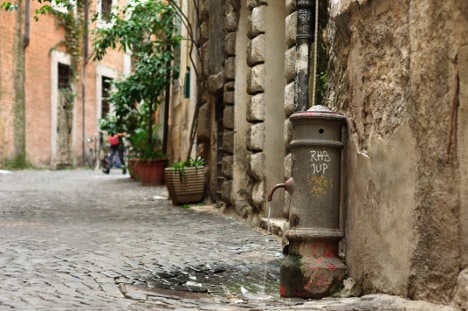
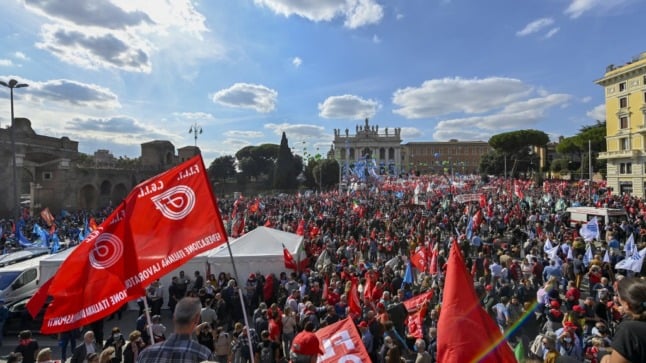
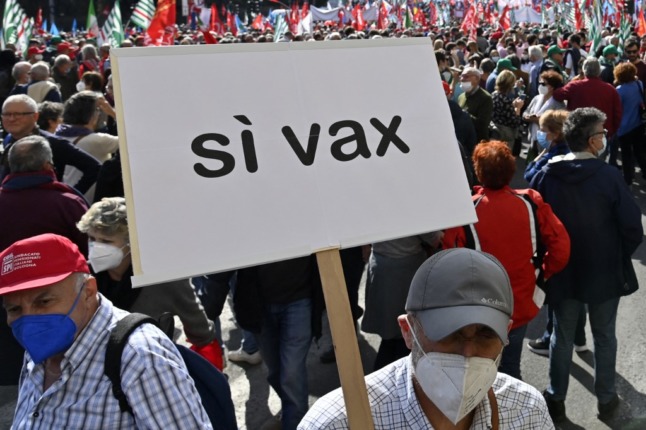
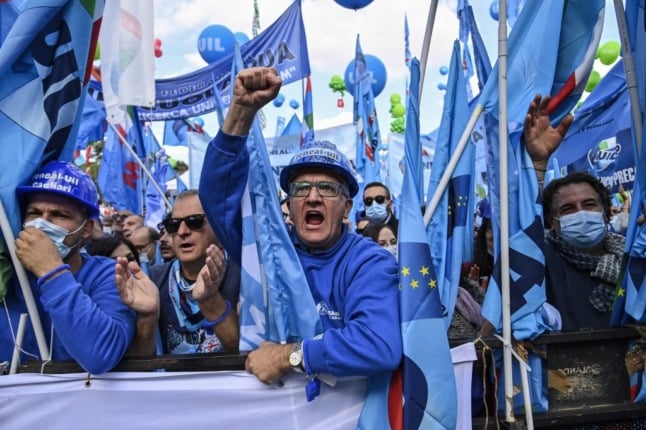
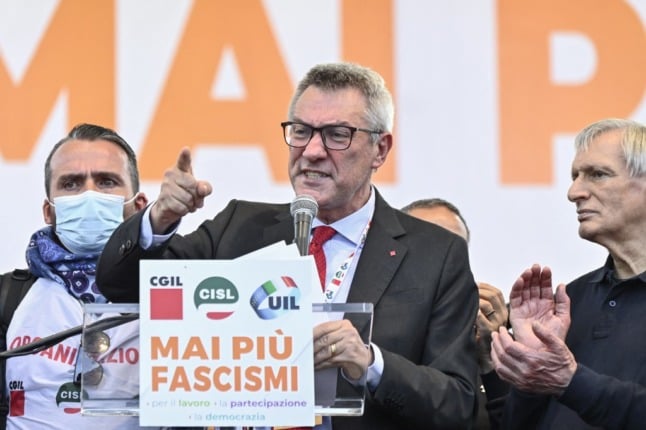
 Please whitelist us to continue reading.
Please whitelist us to continue reading.